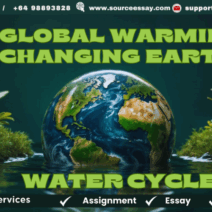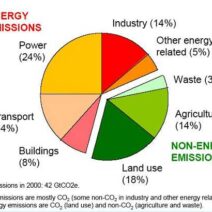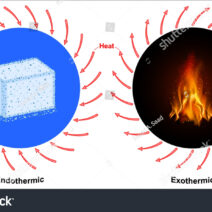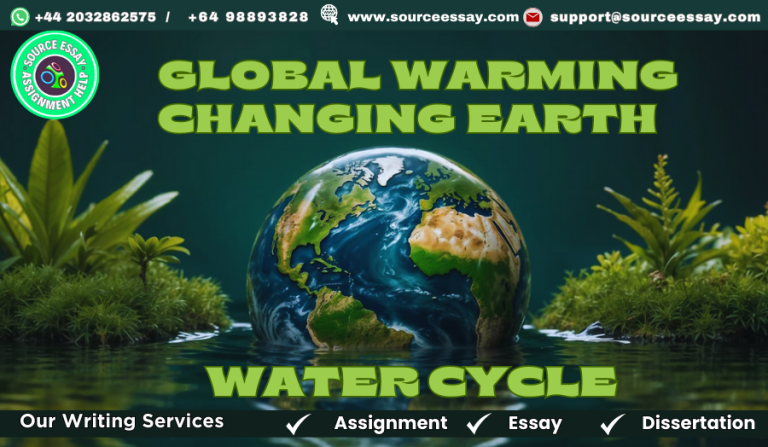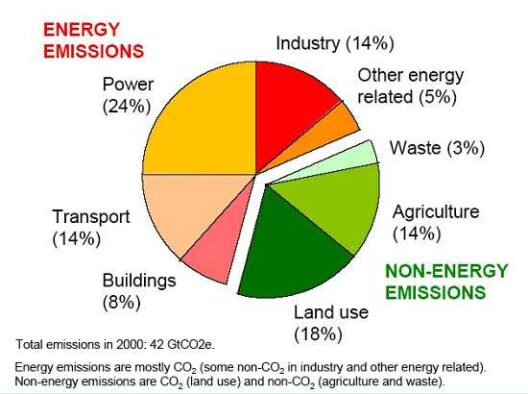The Earth’s rotation is a fundamental aspect of our planet’s dynamics. It governs not only day and night cycles but also influences climate patterns, ocean currents, and even the behavior of the atmosphere. As we delve into the intricacies of Earth’s spin cycle, it becomes evident that global warming is causing profound alterations to this natural phenomenon, with repercussions that ripple through ecosystems and weather systems alike.
The concept of Earth’s rotation may seem straightforward: the planet spins on its axis once every 24 hours. However, this simplicity belies the complexity underlying the mechanics of rotation. The Coriolis effect, a consequence of Earth’s rotation, orchestrates wind patterns and ocean currents, contributing to the planetary climate systems that have existed for millennia. With climate change accelerating, how does this delicate equilibrium face disruption?
The first point of concern is the melting of polar ice caps and glaciers. These regions, primarily composed of ice, exert substantial influence over Earth’s moment of inertia. As polar ice melts due to rising global temperatures, the redistribution of mass leads to a phenomenon known as “polar rebalancing.” When water that was previously stored as ice transitions to oceans, it induces a slight alteration in Earth’s rotation. Earth becomes more efficient at spinning due to the reduced weight at the poles, a concept akin to a figure skater drawing in their arms to spin faster. However, in this case, the accelerated rotation might have unforeseen consequences on weather systems and ocean circulation.
Moreover, the thermal expansion of the oceans contributes to sea-level rise — a direct consequence of global warming. As sea levels rise, they affect the distribution of water across the planet, creating further imbalances. Coastal regions become increasingly vulnerable, while realms farther inland experience alterations in climatological patterns. These shifts in mass and flow patterns from melting ice and rising seas can have cascading effects on overall planetary rotation, influencing everything from storm formation to seasonal changes.
The changing nature of the atmosphere itself is another significant factor. Climate change is leading to more extreme weather patterns and intensified storms, which, interestingly, also influence the Earth’s angular momentum. The distribution of air masses becomes uneven, and this can produce fluctuations in the length of a day. For instance, stronger hurricanes can cause tiny changes in the axis at which the Earth spins. These perturbations might seem minute but cumulatively they can lead to discernible variations.
In conjunction with these atmospheric changes, the Earth’s crust is experiencing stress from both the melting ice and the shifting masses of water. This interaction doesn’t merely concern the oceans; it involves tectonic activity as well. The plate tectonics theory elucidates how the Earth’s lithosphere is divided into tectonic plates, which can shift and move over time. Increased melting ice exerts less pressure on tectonic boundaries, and this could eventually lead to changes in earthquakes and volcanic activity — events that also affect the planet’s rotational dynamics.
To fully grasp the implications of this altered rotation, it is crucial to understand how such changes could affect satellite systems, GPS technology, and navigation. Satellites orbit the Earth based on its gravitational pull and rotation. If there are modifications in these characteristics due to climate-induced alterations, satellite trajectories may need to be recalibrated. This potential disruption can have far-reaching repercussions for communication, navigation systems, and data collection crucial for climate monitoring.
Furthermore, the ramifications extend beyond the realm of technology; they present dire implications for ecological systems. Many species rely on consistent environmental cues, such as daylight and seasonal changes, to breed, migrate, and forage. If Earth’s rotation experiences even slight variations, these cues could become unreliable. The timing of blooming flowers, animal migrations, and predator-prey interactions might all be thrown into disarray, resulting in profound ecological consequences.
As we ponder these effects, we must also recognize that global warming, while influenced by natural processes, is significantly exacerbated by human activities. The burning of fossil fuels, deforestation, and industrial practices have accelerated the warming climate, which in turn affects Earth’s spin cycle. This represents a sobering realization: our actions have the power to disrupt not just our immediate environment but the very mechanics of our planet.
Addressing global warming requires a multifaceted approach. Mitigating emissions, investing in renewable energy, and enhancing carbon sequestration are pivotal steps. Additionally, it calls for more in-depth research into the interconnections between climate change and Earth’s physical dynamics. Understanding these relationships could illuminate pathways for intervention and adaptation.
The fascination with Earth’s rotation and its delicate balance is not merely academic; it carries implications for our future. The interconnectedness of climate systems, geological activity, and human behavior underscores the urgent need for comprehensive climate action. It is crucial to recognize that every action counts, as does every inaction. Global warming challenges the foundational rhythms of our planet, urging us to scrutinize the intricate web of life we inhabit.
In conclusion, while Earth’s spin cycle may appear as a constant, the reality is that it is in a state of flux, catalyzed by global warming. As we navigate these complex transformations, a greater awareness of our planet’s vulnerabilities becomes essential. Understanding the effects of climate change on Earth’s rotation not only fascinates scientists but also calls every individual to reflect on their role in safeguarding our planet’s delicate equilibrium.
